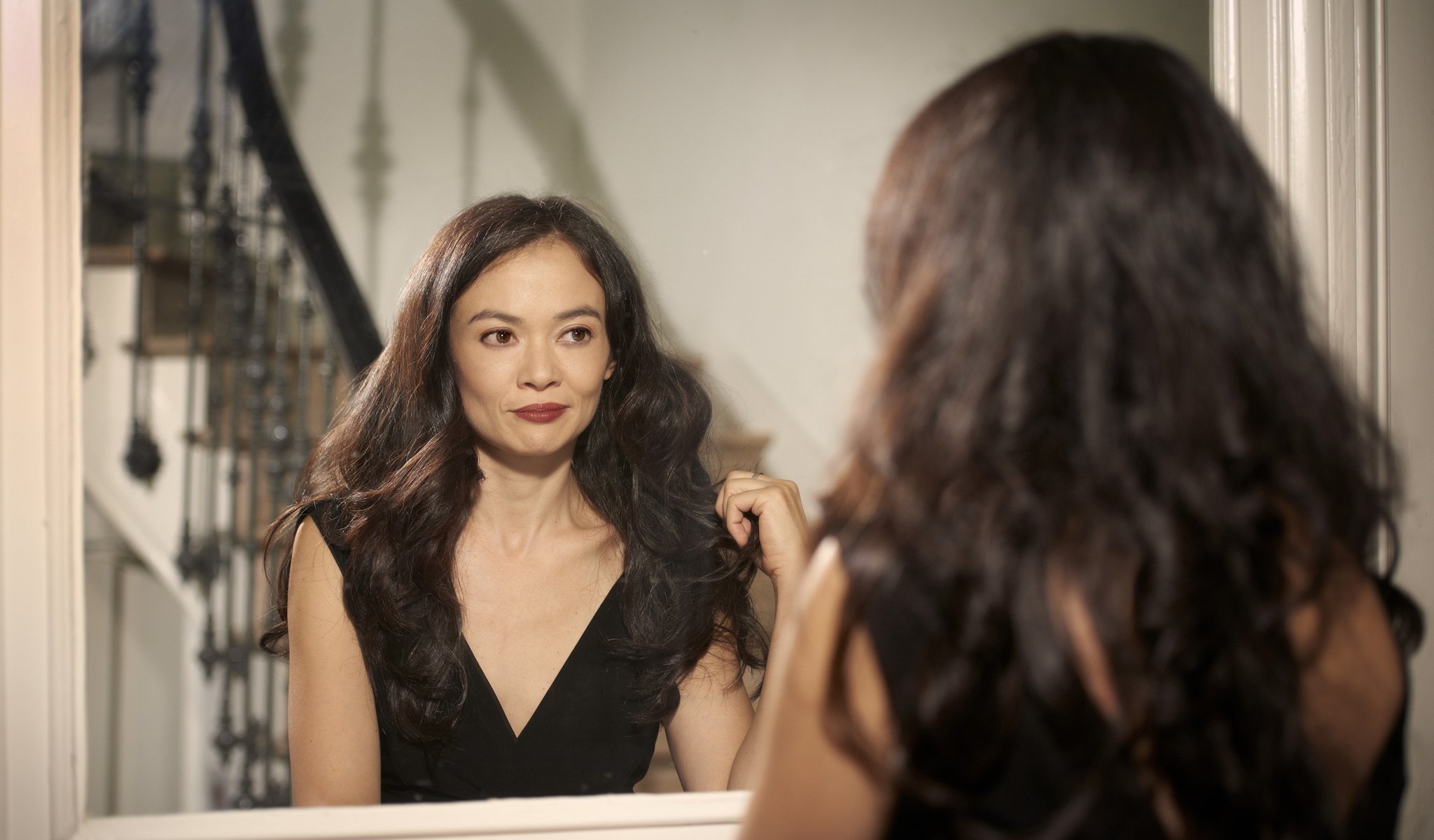
Program
Johann Bernhard Bach:
Orchestral Suite No. 4 in D major
Wilhelm Friedemann Bach:
Harpsichord Concerto in D major, F. 41
Carl Philipp Emanuel Bach (→ bio):
Symphony No. 5 in B minor, Wq 182/5
INTERVAL
Johann Sebastian Bach (→ bio):
Violin Concerto in D minor, BWV 1052R (reconstructed by Midori Seiler)
Non sa che sia dolore – cantata, BWV 209
Featuring
Artistic director
Soloist
- Soma Dinyés (harpsichord)
- Midori Seiler (baroque violin)
- Emőke Baráth (soprano)
Other information
The event is about 2.5 hours long.
About the event
Our Baroque concert planned for March 5 and 6, 2021 will be held without a live audience and livestreamed on the ESzínház streaming platform on March 5, 2021, at 7:45 p.m. To purchase stream tickets, please click here. After the live broadcast, the concert will also be available for on-demand watching between March 6, 2021, 10:00 a.m. and March 7, 2021, 10:00 a.m.
Ticket and season pass holders will receive free access to the online concert stream through a link that will be sent to them by email before the concert.
Bach: a dynasty of genuinely gifted musicians. The “most versatile and outstanding figure of Baroque violin playing,” and the musician directing BFO’s early music concerts for years, Midori Seiler has created a program featuring works by four members of the Bach family. In addition to playing his solo for the violin concerto which he reconstructed, resident BFO harpsichordist Soma Dinyés will take center stage along with the world-renowed soprano, Emőke Baráth.
Though most of the works of Bach’s second cousin, Johann Bernhard, are lost, four surviving orchestral suites have been performed from time to time since their first publication in 1988. The eight-movement Suite No. 4 in D major opens with a characteristically French overture abounding in dotted rhythms; this is followed by lively Caprices, a Marche, nimble Passepied dances, a lyrical Air and a piece portraying joy.
In addition to contributing to his father’s first biography, Johann Sebastian’s eldest son, Wilhelm Friedemann Bach, is also remarkable for his efforts to forge an aesthetically coherent late Baroque style. With the contrasting main and secondary themes, his harpsichord concerto anticipates the Classical era, while his use of strict contrapuntal structures such as canons is still suggestive of the Baroque.
Bach’s second and most famous son, Carl Philipp Emanuel, belonged among the leading composers of the early Classical period. In 1773, he wrote a set of six string symphonies in Hamburg for the Viennese concerts organized by Baron Gottfried van Swieten. The Symphony in B minor follows the early Classical three-movement format, and is characterized by sharp contrasts in dynamics, boldly juxtaposed motifs, and unusual harmonies.
The question whether J. S. Bach’s harpsichord concerto in D minor (BWV 1052R) is a transcription of a lost violin concerto or a work for organ continues to divide academics. Given the typical violin figurations in the solo part, several reconstructions of the original form — obviously inspired by Vivaldi’s concertos — have been created since 1873. The ever-larger leaps and the intriguing closing motifs make the opening movement especially memorable.
Though his church cantatas are more widely known, Bach also set secular texts to music. His only secular cantata in Italian, scored for solo soprano voice, flute and strings, recounts the farewell of a young man, who goes to war and embarks to sea. In addition to the concerto-like opening movement (and two recitatives), the work includes an aria featuring rich flute ornamentations and an accompaniment conjuring up images of the sea. The cantata concludes with the story of a helmsman regaining control over his ship in the storm.
Did you know? J. B. Bach’s orchestral suite and W. F. Bach’s harpsichord suite were composed sometime before 1730 and between 1735 and 1740, respectively, C. Ph. Bach wrote his symphony in 1773, J. S. Bach’s violin concerto dates from 1730–34 and his cantata was first performed in Leipzig in 1747; the Festival Orchestra last played J. S. Bach’s violin concerto in Budapest on September 26, 2018 (soloist and concertmaster: Eszter Lesták Bedő), and will be performing the other pieces for the first time now.
Contemporary events in 1729, English author Jonathan Swift wrote his satirical essay, A Modest Proposal / the first German children’s story book, Attempt at Poetic Fables and Tales by Friedrich von Hagedorn, was published in 1738 / A Treatise of Human Nature, an essay by Scottish philosopher David Hume, appeared in 1739 / the Boston Tea Party, as it is called, sparked on December 16, 1773 the general protest against the British and contributed to the outbreak of the American War of Independence in 1775 / The Story of the Chevalier Des Grieux and Manon Lescaut, a novel by French author the Abbé Prévost, appeared in 1731 / French composer Jean-Philippe Rameau’s opera-ballet, Les fêtes de l’Hymen et de l’Amour, premiered in Versailles on March 15 1747 / in 1747, Italian painter Canaletto painted London Seen through an Arch of Westminster Bridge